You may use multiple platforms with a digital marketing plan, including email and content marketing.
- Search Engine Optimization (SEO)
- Content Marketing
- Email Marketing
- Social Media Marketing (SMM)
- Pay-Per-Click (PPC)
- Search Engine Marketing (SEM)
1. Search Engine Optimization (SEO)
SEO is the process of optimizing your website for search engines. This results in a higher “rank” and attracts more natural (or free) visitors. Websites, blogs, and infographics are among the platforms that benefit from SEO.
Here are several ways to approach SEO to generate qualified traffic to your website.
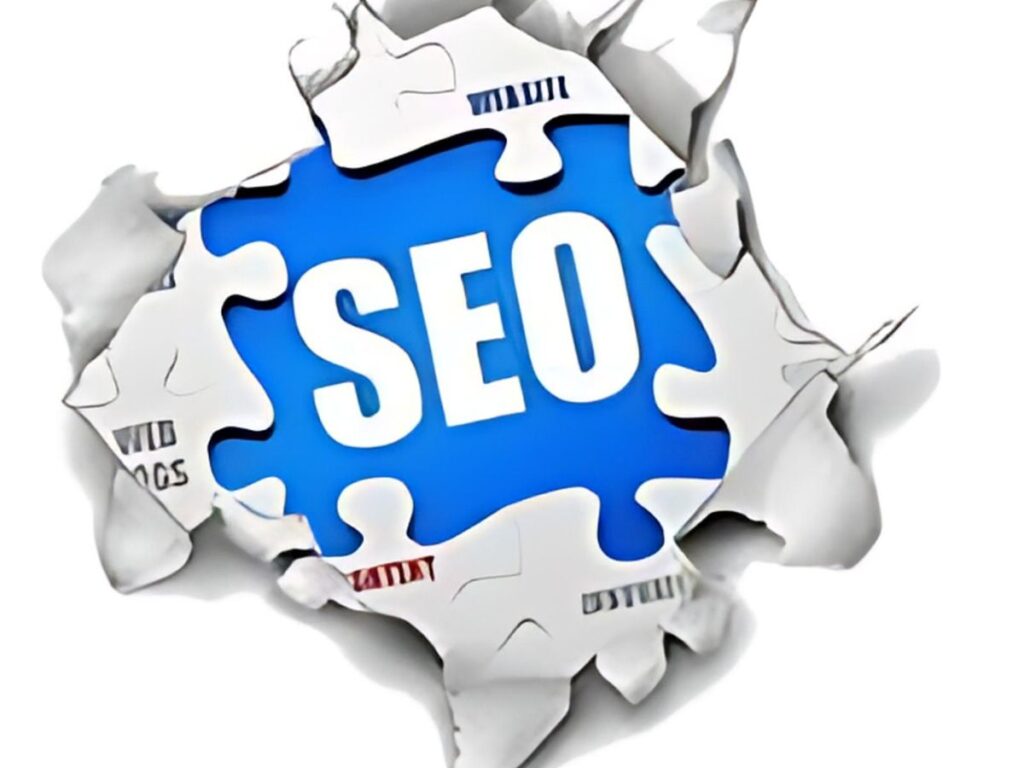
- On-page SEO: This “On the page” SEO focuses on all the content on the page when looking at a website. You may respond to queries from readers and improve your search engine ranking by investigating keywords for their volume and intent those questions produce.
- Off-Page SEO: Off-page SEO focuses on all the activities placed off the page when optimising your website. What activity not on my website could affect my ranking? The answer is backlinks or inbound links. The number of publishers that link to you, the authority of those publishers, and how keywords affect how highly your rank is cared about. Networking with other publishers, writing posts on these websites, generating external attention, and earning backlinks must move your website up all the right SERPs.
- Technical SEO: Technical SEO concerns a website’s backend, which means how pages are coded. Moreover, Image compression, CSS file optimization, and structured data are all forms of technical SEO that can exaggerate a website’s loading speed. This is an essential ranking factor in the eyes of search engines like Google.
2. Content Marketing
This term refers to creating and promoting content assets to generate brand awareness, lead generation, traffic growth, and customers.

The following are some of the outlets that your content marketing plan may incorporate:
- Blog posts: Creating and posting content for a company blog is beneficial. You can display your field knowledge and drive natural search traffic to your company. This gives you more opportunities to convert website visitors into leads for your sales team.
- Infographics: Sometimes, Few readers prefer that you demonstrate rather than tell. Infographics are a type of graphic material that website visitors use to visualize a concept you want to help them learn.
- Audio or visual content: Audio and visual are popular digital marketing channels. Producing audio or video content that listeners may share online can significantly broaden your potential audience.
3. Social Media Marketing
Social media channel promotion raises your brand and content to build brand awareness, attract customers, and produce leads for your company. If you’re new to social media, connect with channels like Facebook and LinkedIn using platforms. The technology makes it simple to simultaneously arrange programming for several channels and monitor analytics.
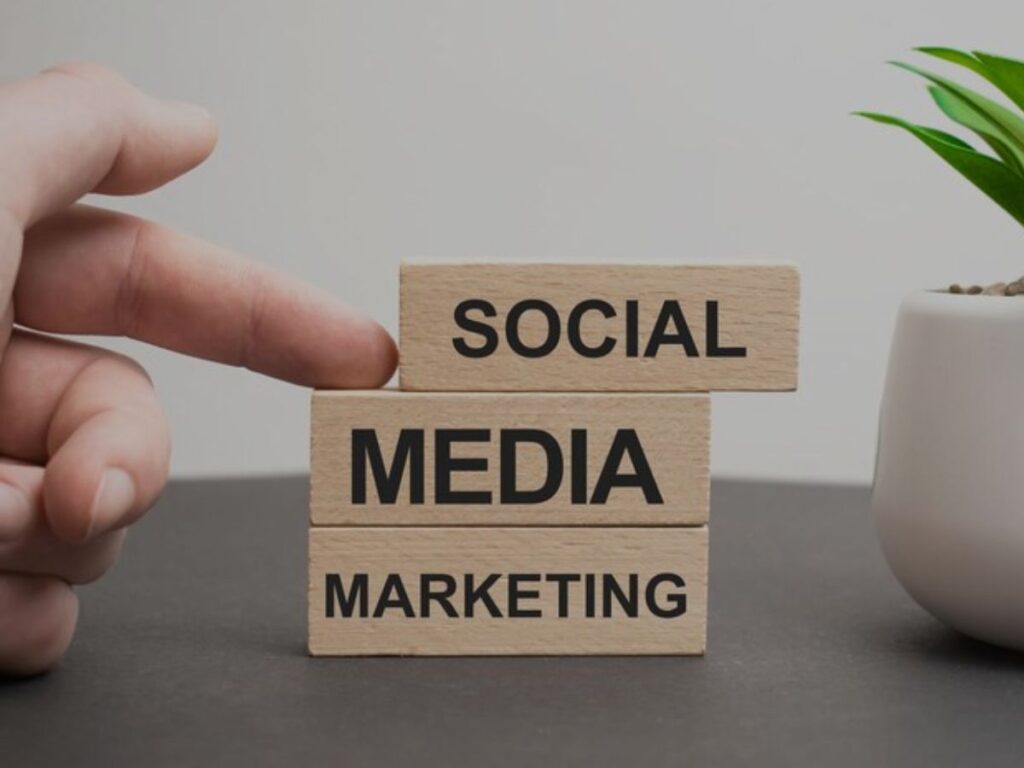
You can market your social media presence using the following channels:
Most marketers utilize social media channels to develop viral campaigns. A viral marketing strategy involves using well-known content providers or joining a trend that appeals to many people. The intention is to produce something visually appealing with the expectation that it will spread naturally throughout a social media platform.
4. Email Marketing
Email marketing is a tool businesses use to connect with their customers, promote content, discounts, and events, and direct people to the business’s website.
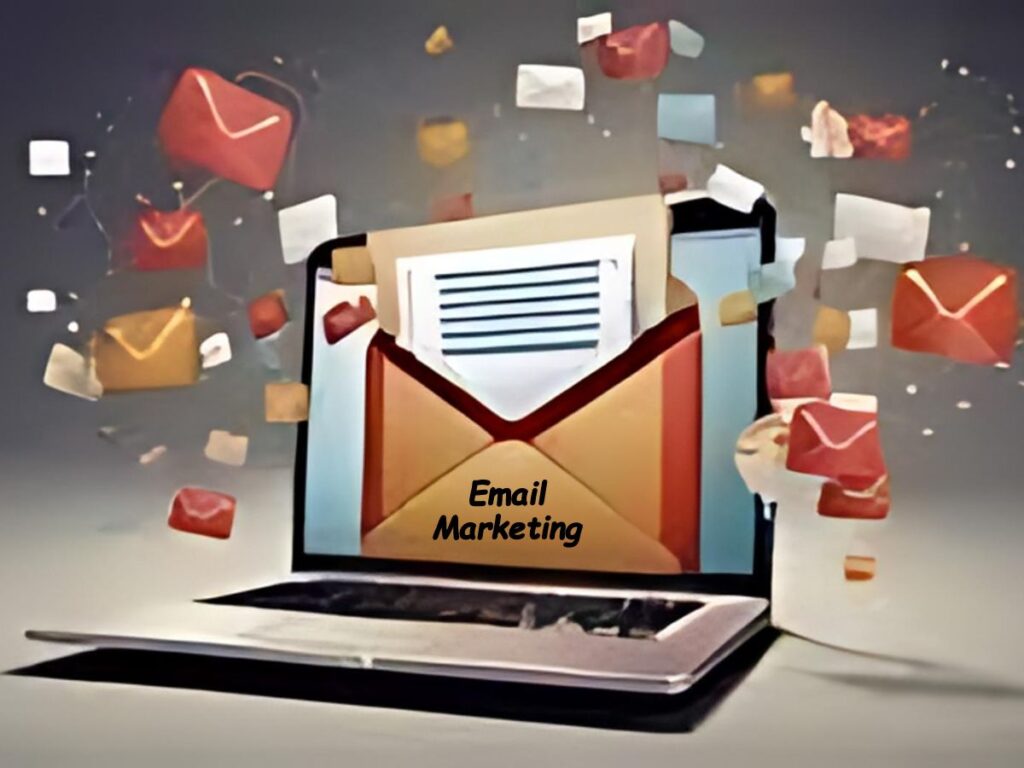
The type of emails that might be sent in an email marketing campaign include:
- Newsletters for blog subscribers.
- Emails were sent to website users who downloaded anything as a follow-up.
- Emails welcoming customers.
- Holiday promos for members of loyalty programs.
- Email series tips or anything like to nurture customers.
5. Pay-Per-Click (PPC)
PPC stands for “Pay-Per-Click,” meaning you pay a publisher whenever your ad is clicked, driving traffic to your website.
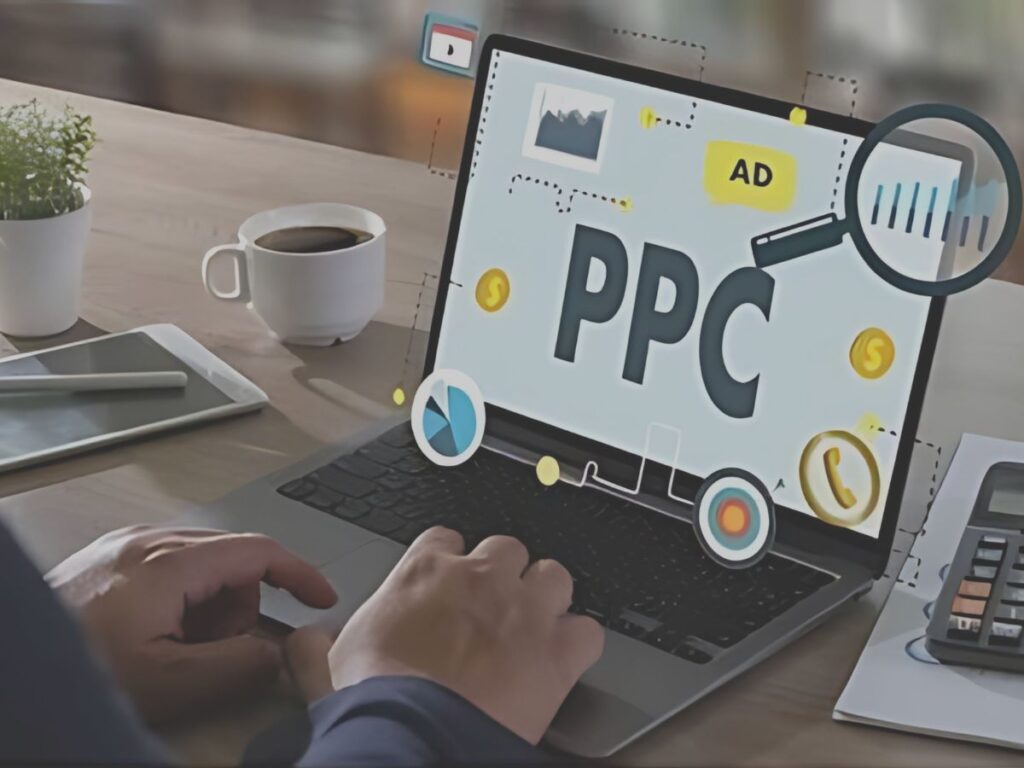
Google Ads is an example of PPC; it lets you pay for prominent positions on Google search engine results pages “per click” on the links you insert. You can also utilize PPC on the following channels:
- Paid ads on Facebook: Users can pay to customize a video, image post, or slideshow, which Facebook will publish in the news feed of people who match your business’s audience.
- Sponsored messages on LinkedIn: Users can pay to send a message directly to LinkedIn users based on their industry and background.
6. Search Engine Marketing
When a prospective customer is looking for a service or product related to yours, it’s an excellent opportunity for a promotion. SEO and paid advertising are great strategies for promoting your business and leveraging those future leads.
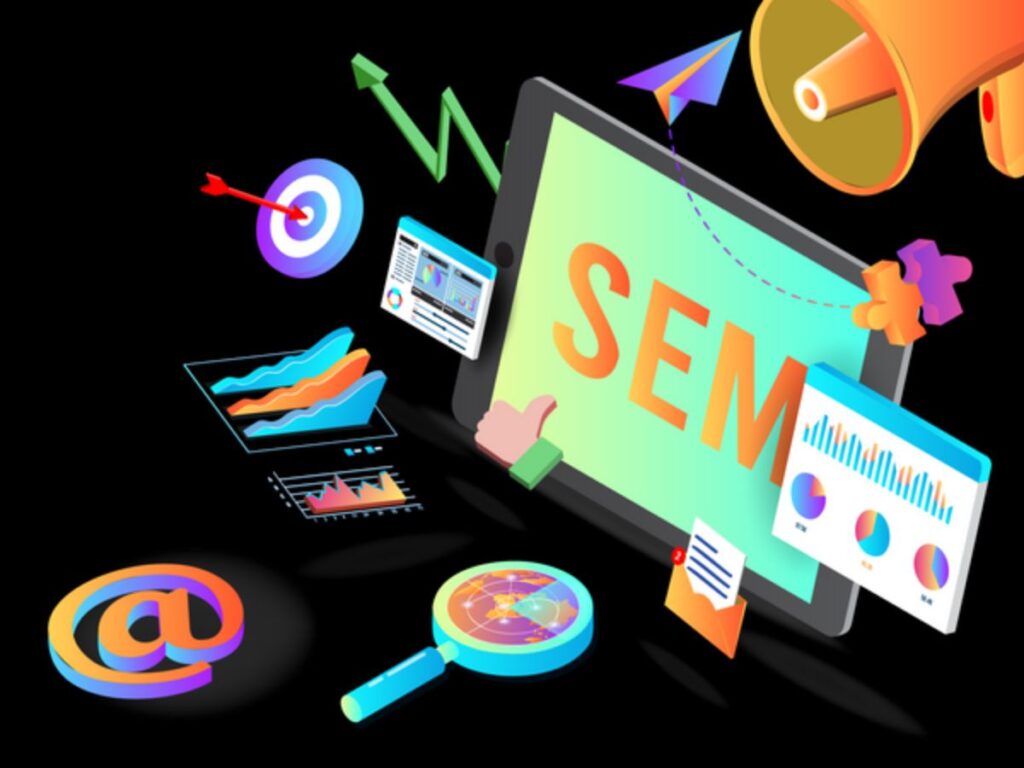
Search engine marketing (SEM) is another way to boost website traffic through paid placements in search engines. The two most popular SEM services are Bing Ads and Google Ads. Sponsored advertisements are displayed at the top of search engine results pages, giving them instant visibility.
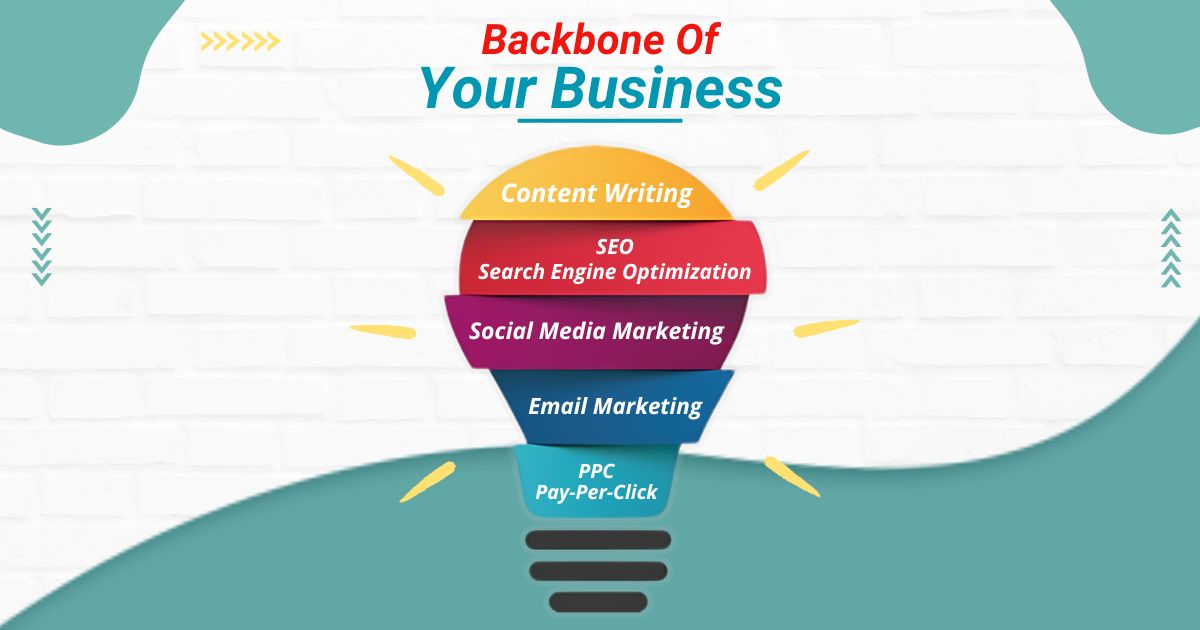
Leave a Reply